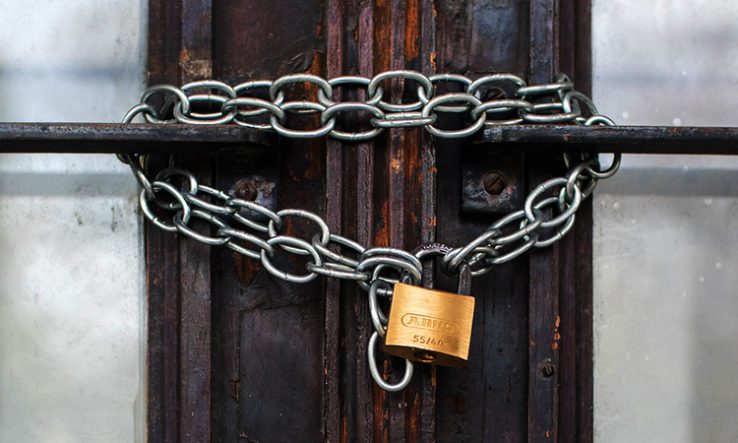
Image: Ivan Radic [CC BY 2.0], via Flickr
Barred from their labs while others shop, Danish researchers question government rules
Pressure is building on the Danish government to permit universities to allow more researchers back into university laboratories after the country eased Covid-19 lockdown restrictions in shops.
Researchers and politicians have demanded that the government reopen laboratories at higher capacity than currently allowed, citing what they perceive as an unfairness in the system. Under the latest guidelines to reopen the country following the coronavirus pandemic, university laboratories can only have at most a 10 per cent occupancy rate, while hospital laboratories are allowed 25 per cent.
Ulla Tornas, the education spokesperson for the opposition centre-right Liberal Party, told the Politiken that “it is crazy, strange and incomprehensible that universities have not been allowed to send more researchers back to the laboratories.” She said that the rules were slowing down important research into bacteria, cancer and vaccines.
The special rules for hospitals were introduced after the crisis management committee of Denmark’s Capital Region administration wrote to the government on 1 May to ask for more capacity in hospital laboratories. The committee said researchers working at hospitals should be allowed to complete postdoctoral or doctoral programmes and continue research projects that would otherwise be lost.
Coronavirus infected more than 10,000 people in Denmark. However, with infection rates falling, the country reopened some schools, nurseries and shops in May.
Stinus Lindgreen, education spokesman for the Radical Left party, said it was not clear why university laboratories should operate under more stringent regulations than hospital ones. “It doesn’t make sense,” he said. “There is no difference in what they do in the research laboratories in hospitals and what they do in university laboratories.”
In total, approximately 1,700 employees have been allowed to return to university laboratories as part of an agreement between Danish universities and the ministry of education and research. But the rules still severely curtail work—for example, the department of immunology and microbiology at the University of Copenhagen can only have four people per floor. Overall, just 19 out of the department’s 300 employees and students are allowed to be at work at the same time.
One of those researchers allowed back is Anja Ramstedt Jensen, a professor at the department. Jensen said she hoped the government would rethink the limit imposed on university laboratories.
“It seems absurd and illogical that Danish universities have only been allowed to send 1,700 researchers back into their laboratories,” she said. “Some of these are scientists who are working with infectious microorganisms and are used to working in a safe way.”
Soren Molin, who researches disease-causing bacteria at the Technical University of Denmark, also voiced concerns. He works in a 12,000-square-metre building, which usually holds about 200 scientific staff. After the restrictions were eased, only 21 researchers were allowed in the building, which corresponds to 571 square metres per employee.
“It is completely grotesque and incomprehensible when retail stores are allowed four square metres of floor space per customer,” he said.
Molin foresees huge problems if the restrictions are not further relaxed soon. “These researchers have not been able to access their laboratories for two months,” he said. “Many of our projects are trying to anticipate possible future epidemics due to the rise of antibiotic resistance. Now, important knowledge is lost to society.”